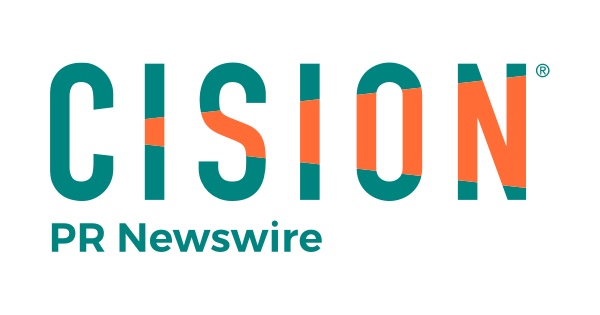BRONX, N.Y., Oct. 4, 2019 /PRNewswire/ — Resilient design strategy is based on mitigating disasters and designing for functionality during hazards. However, resilient design isn’t just about hazards and disasters, but how the design holds up and functions in the long-term. With a shifting focus from caring for the ill to providing wider community wellness benefits, the patient experience has become a foundational factor in healthcare facility design, and resilient design strategies supply the perfect base for providing exceptional patient experiences. Hospital construction company, Simone Health, discusses the benefits of resilient design for medical facilities. Check out some of them below.
- Improved productivity: Part of resilient design focuses on incorporating natural light and green spaces, such as built-in gardens, paths lined with trees, and large windows. Natural lighting and outdoor spaces have been proven time and time again to boost people’s moods, morale, and energy. All of these can impact the way your healthcare staff is functioning on a day-to-day basis. If they’re more energized and have natural spaces to recoup and regenerate themselves, you’ll see their productivity go up, improving your overall patient experience.
- Speeds up patient recovery: Many hospital patients have no choice but to spend their days indoors, confined to a room. Fitting a hospital with green spaces gives patients in recovery exposure to sunlight, fresh air, and greenery. Exposure to nature decreases patient recovery time, with those who have a view of natural settings or exposure to them citing a lower need for pain medication and faster recovery times.
- Lower spending on operations: Resilient design strategy highlights economic factors as well, seeking to lower operating costs through sustainable features. Designing a hospital equipped with energy-saving construction, such as daylighting and green roofs, can lower your hospital’s utility consumption, followed by lower utility expenses. This lowered spending on operations gives your hospital more money to delegate to enhancing the patient experience.
- Increase staff retention rate: When a hospital is equipped with spaces for staff to take a breather from the stressful healthcare environment, they’re more likely to feel satisfied with their job and stick around. Increasing your staff retention rate comes with a host of other benefits, such as lower training costs and an improved patient experience from knowledgeable staff members. Giving staff time to relax and re-energize themselves is valuable not only for them, but for the entire healthcare system.
Using resilient design strategy in medical facilities can do so much for your staff and patients alike. Take advantage of the benefits resilient design and wellness integration can bring when developing or upgrading your next medical facility.
About Simone Health Development Companies:
Simone Health Hospital Development Company is a full-service real estate investment company specializing in the acquisition and development of office, retail, industrial and healthcare properties in the New York tristate area. Headquartered in the Bronx, the privately held company owns and manages more than 5 million square feet of property in the Bronx, Westchester County, Queens, Long Island, Connecticut and New Jersey. The company’s portfolio includes more than 100 properties and ranges from multi-building office parks to retail and industrial space. The largest and most successful development from Simone Health is the 42-acre Hutchinson Metro Center office complex located directly off the Hutchinson River Parkway in the Pelham Bay section of the Bronx. The first two phases of the complex, which comprise nearly 750,000 square feet of Class A office and medical space, are fully leased. Two additional phases totaling 650,000 square feet (370,000-square-foot Metro Center Atrium and 280,000-square-foot Tower Two), are completed and fully leased. Visit www.simdev.com
SOURCE Simone Health Development Companies

